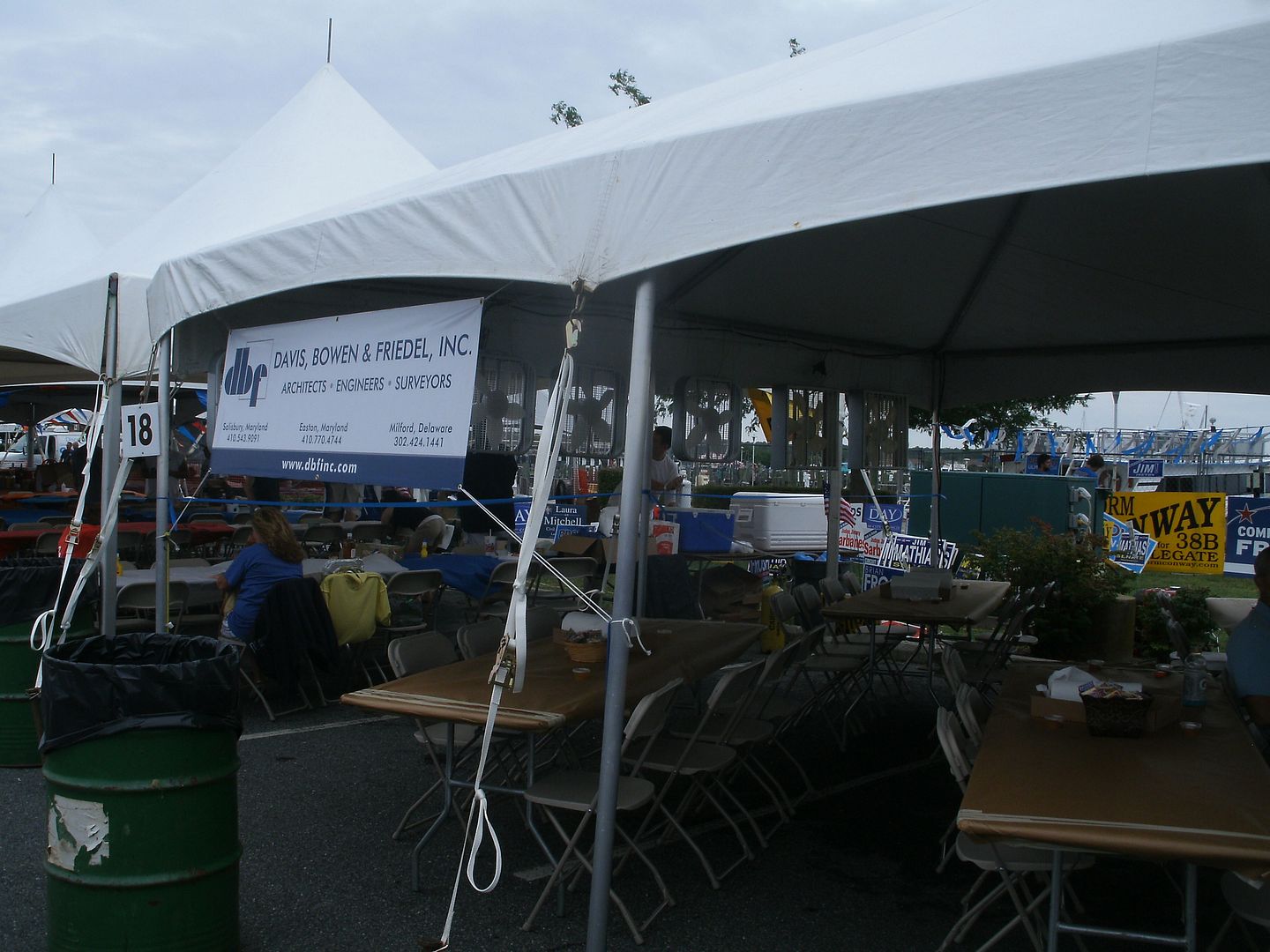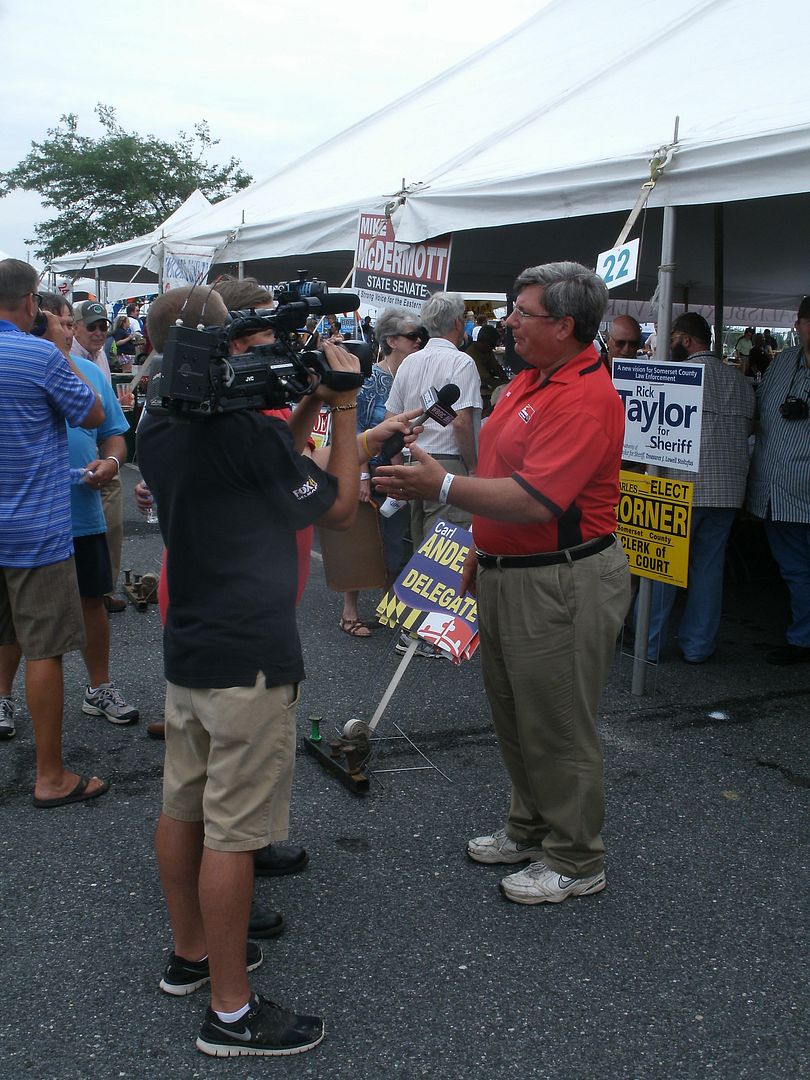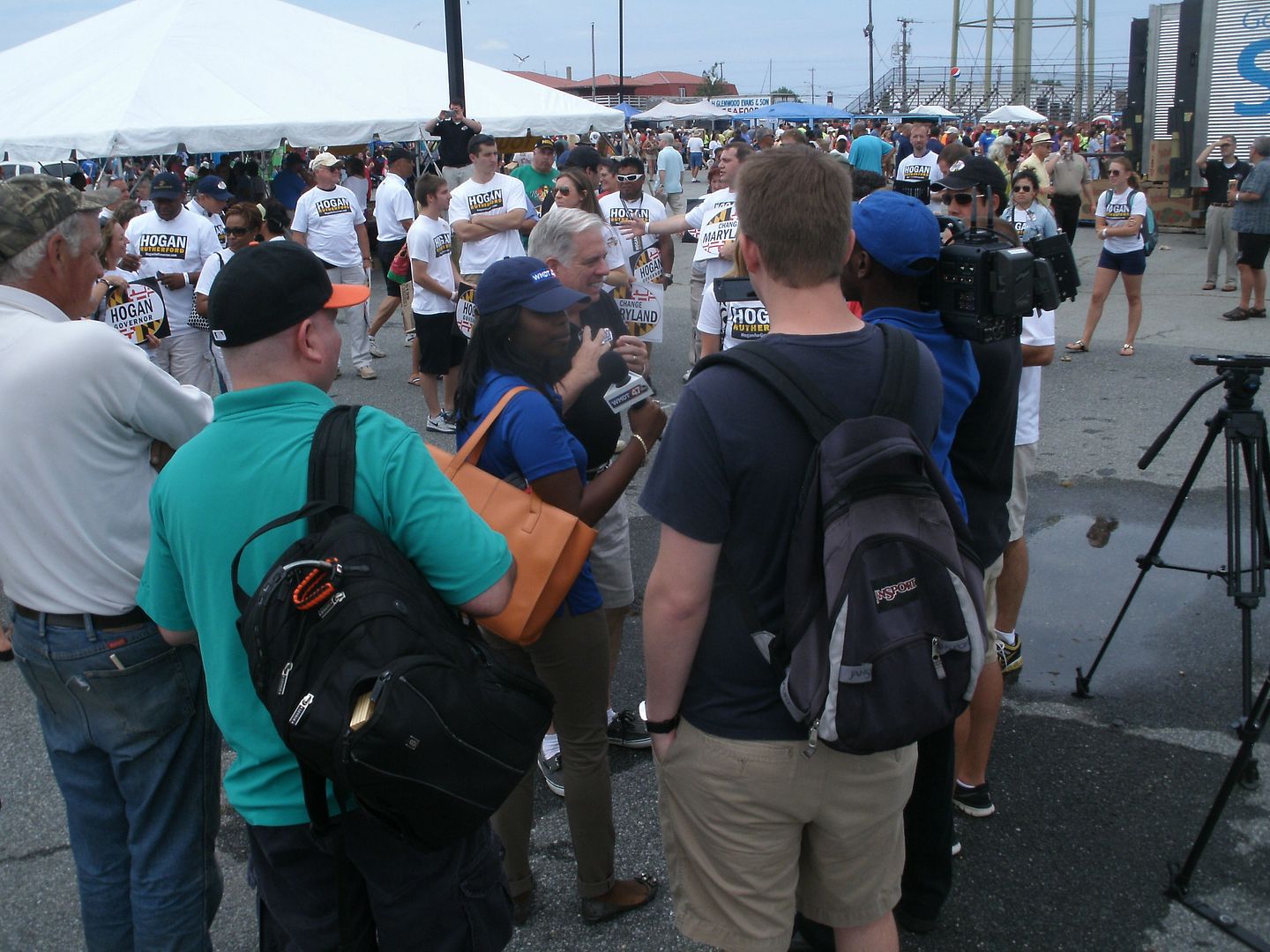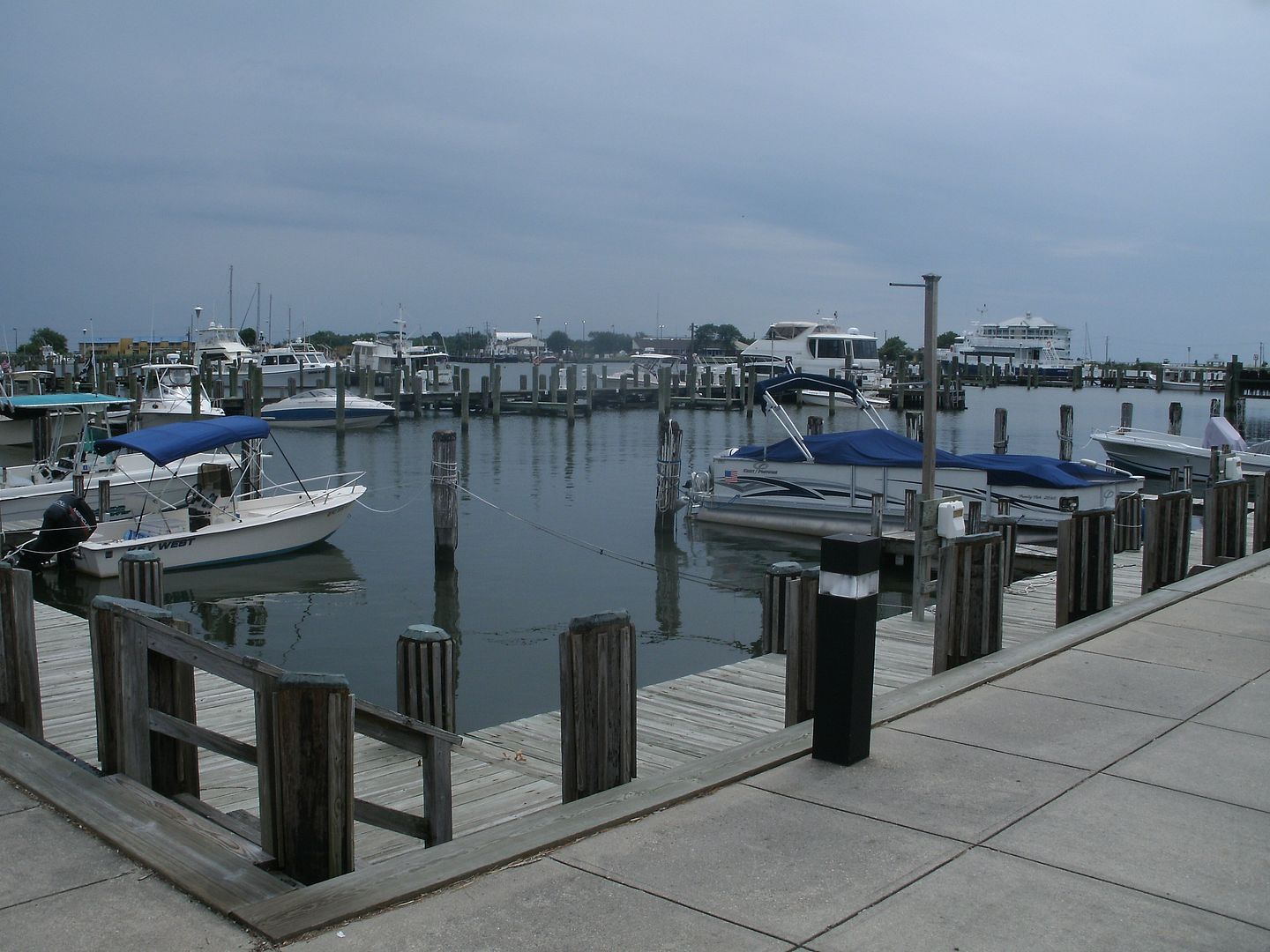As I have often done, I’ll allow the pictures to tell most of the story – at least until the speeches begin.
On Saturday night, a cautiously optimistic Wicomico County Republican Party welcomed our two federal candidates to its fold for its annual Lincoln Day dinner: our current Congressman Andy Harris and a man who hopes to join him on the Senate side of Congress, Tony Campbell.
But there were some other noteworthy things to relate as well, so I’ll begin with this picture.



It’s also worth pointing out that, besides the silent auction there was an envelope raffle (place $5 or $10 in the envelope and if drawn you win 10 times the amount) and a 50-50 raffle to benefit the co-hosting Salisbury University College Republicans. So a lot of money was changing hands.
In his remarks, Lincoln conceded that “the nation has taken a downhill course” in recent years, as “incivility is the new norm.” Cautioning the gathering not to betray tradition and values, Lincoln stressed the importance of his Cabinet being comprised of the most able men, not yes men.
As part of this narrative I also want to give a shout out to one of our two Volunteers of the Year, a young man who eventually closed out the evening with his benediction.
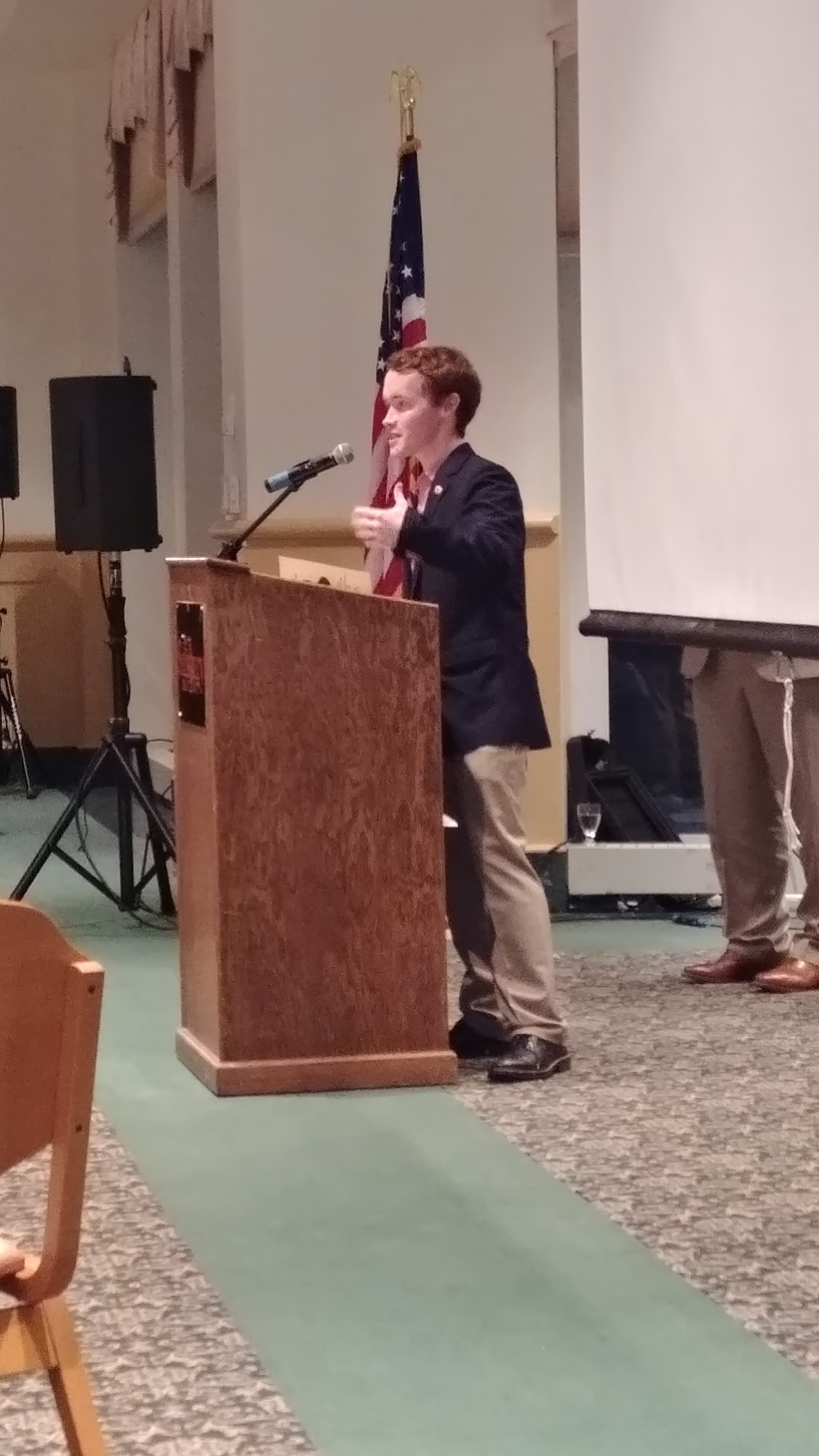
Nate Sansom holds a special place with me because he’s the one I recommended to fill my spot when I left the WCRCC in 2016, and not just because to our knowledge he’d be the youngest CC member in state history: it was because I knew he’d be an asset to the committee. (I’d like to think his selection was out of respect to my wishes.) But because he wasn’t one of the top 9 contestants in the Central Committee’s election back in June, his tenure comes to an end when the final results are in next month. One of his legacies: the state GOP now officially favors a system where each Congressional district controls one Presidential electoral vote with only two at-large, similar to Maine and Nebraska but with ten electoral votes at stake, which would make it the largest such state.
Yet somehow I don’t think Nate has reached the limits of his political achievement. Perhaps someday he will be a successor to our main speaker.
I noted in the photo of Lincoln above the overall topic of his remarks, which may have been overly long for neither remaining speaker took a great deal of our time. (Photo credit for the next two pictures goes to Wendy Anspacher, an incoming member of the 2018-22 WCRCC.)
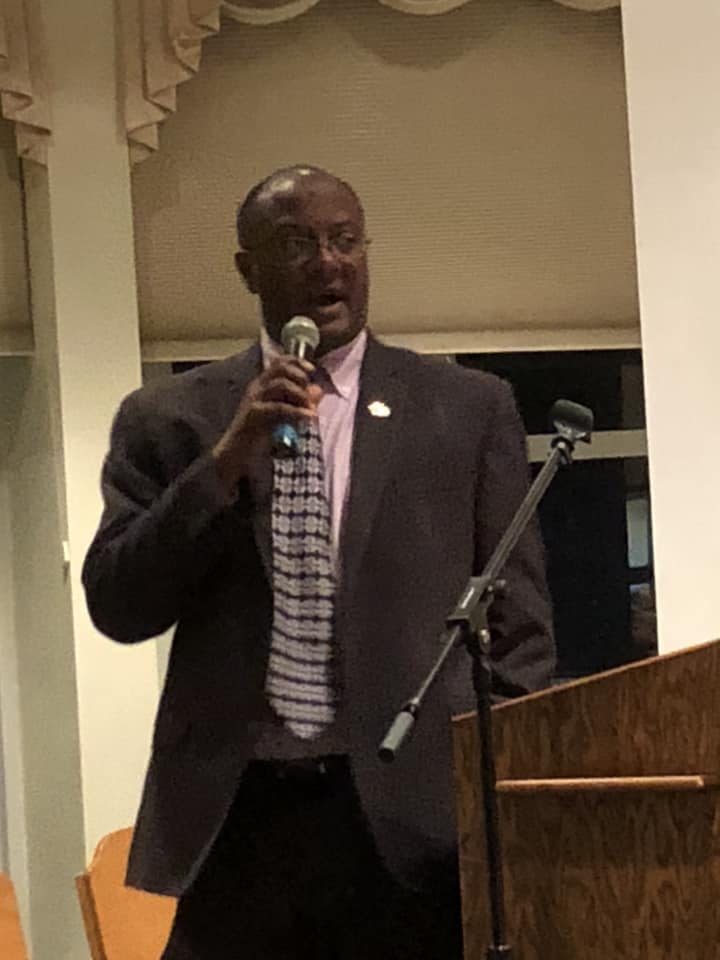
Republican U.S. Senate candidate Tony Campbell is, according to conventional wisdom, the latest cannon fodder for a Senate seat that’s been held by Democrats for seven consecutive terms (five for former Sen. Paul Sarbanes and two by Ben Cardin) and is being sought for the second time in a row by a (different) politically unknown but well-funded unaffiliated challenger.
But Tony saw it differently. Telling us that the Democrats were still trying to find themselves, Campbell predicted that Republicans will be elected on November 6 and it will result in “a whole bunch of gnashing of teeth by Maryland Democrats.” As evidence, he noted the increased early voting numbers in strongly Republican counties.
Campbell criticized Democrats by stating, “I would hope our elected officials have ethics,” and, referring to the uproar they caused over Brett Kavanaugh’s SCOTUS nomination, told the group that Christina Ford is simply “collateral damage” to the Democrats. To that end, the human caravan in Mexico “is all about the midterms.” Democrats, he continued, don’t care about people, they care only about power. To counter this, Republicans “just have to be bold,” but we have to make a commitment to principles. “We can win and be conservatives” in Maryland, said Tony.
But hanging over this was the specter of race. “I knew when I got into this I would be called an Oreo,” said Campbell. Noting that the band played Lincoln’s “favorite song” Dixie on his exit, Campbell felt he needed to speak the truth and tell us, while it may be historically accurate (and it is), playing that song sends a bad message to minority voters.
However, it should be pointed out that, aside from the two districts which are majority-minority, Maryland’s Congressional delegation (nine of ten of whom are Democrats) are all white males while the two non-incumbent Democrats (including the guy challenging our next speaker) are also. Compare that to Maryland Republicans having two women (including one woman of color) in the running for Congress as well as “minority” candidates in the two majority-minority districts (both are white) and the black man running for Senate and ask yourself: if diversity is your thing, which party is the more diverse?
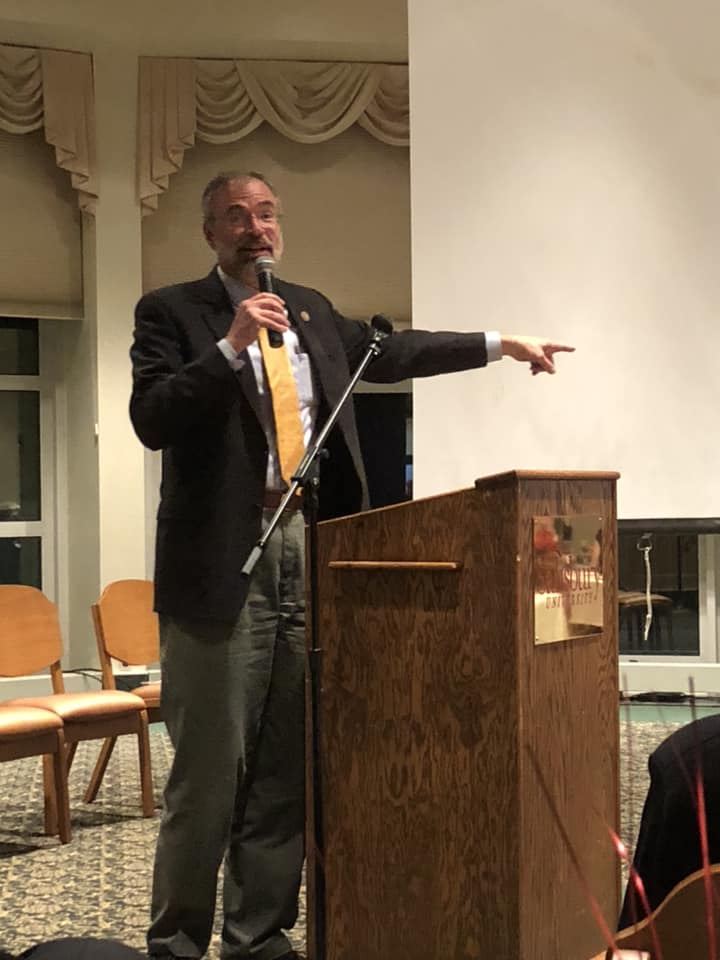
While it was important to Andy Harris that we elect Republicans, he had a clear request for us: the next time he runs for re-election he wanted Wicomico County to be a Republican county in terms of voter registration: since they elect Republicans they may as well come home to the party. He added that if Larry Hogan wins re-election and brings in five new Republican state senators, the redistricting map they draw will likely allow for three Republicans in Maryland’s Congressional delegation.
He also had a job in mind for Larry Hogan once he vacates the governor’s chair in 2022: “Larry Hogan can beat Chris Van Hollen any day of the week,” predicted Harris.
Turning to the First District and his opponent, Harris saw him as soft on the Second Amendment, which was a core tenet of this district, Additionally, Andy opined that the state and national Democrats have left the First District Democrats behind in their rush to move in an even more leftward direction. It was beginning to work until the Democrats “overplayed their hand” with the Kavanaugh saga: for example, the Beto O’Rourke vs. Ted Cruz Senate race in Texas was a toss-up before the Kavanaugh confirmation, but now Cruz has opened up a significant lead.

Meanwhile, the caravan in Mexico “is the Democrats’ worst nightmare” because it makes border security an issue and motivates GOP voters. The election will be about border security, Harris confidently continued, and “November 6 will be a great night in Maryland.”
One other race Harris had a keen interest in was the state Attorney General race. “Nothing Brian Frosh did as Attorney General surprises me,” said Andy, who served with Frosh in the State Senate. But under Frosh, Baltimore “is a lawless city.”
In conclusion, Andy urged his fellow Republicans to vote for their party up and down the ballot and encourage others to do the same.
I want to conclude this piece with a non-political photo I thought was pretty cool, if not necessarily in terms of color or composition. Outside on the sidewalk I saw this:

Indeed I looked it up, but I like to have a little context in Scripture so let’s add the previous verse to this. 1 Peter 5:6-7:
Humble yourselves therefore under the mighty hand of God, that he may exalt you in due time: Casting all your care unto him; for he careth for you.
It appears someone at Salisbury University has a serious Bible study going on. Considering I sat amidst several of the College Republicans and this was still on the sidewalk, maybe there’s hope for us yet.


 Most newspapers will use their Sunday edition before the election to either make the most key endorsement, such as for governor or president, or summarize their endorsements into a ballot guide for voters.
Most newspapers will use their Sunday edition before the election to either make the most key endorsement, such as for governor or president, or summarize their endorsements into a ballot guide for voters.

